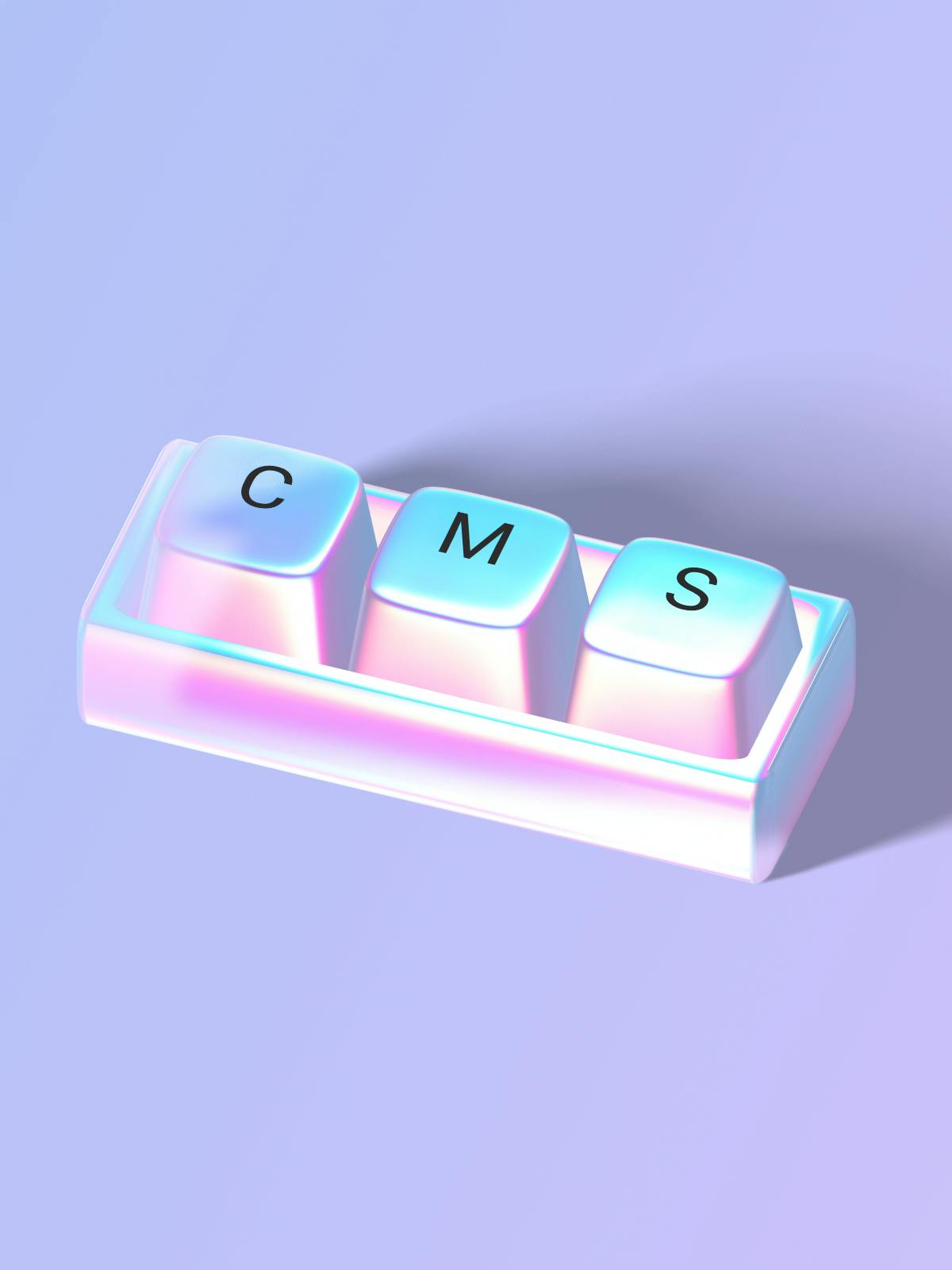
Starting June 28, 2025, the EAA will apply to anyone running e-commerce businesses, offering digital services, or building apps for consumers. The EU's new directive, the European Accessibility Act (EAA), is here, and it's time to get prepared.
But what does it actually mean? And how do you know if your product meets the requirements?
EAA – what is it?
Imagine web accessibility as building an elevator in a store with stairs. You might not need the elevator yourself—but for some, it's the only way to get in. In the same way, your digital service should work for everyone, including people with visual impairments, cognitive challenges, motor difficulties, or other disabilities.
European Accessibility Act is an EU directive making it mandatory to build digital products and services that are accessible—according to the WCAG 2.1 level AA standard.
This applies to, among others:
- Websites and apps aimed at consumers (B2C)
- E-commerce platforms
- Digital ticketing systems
- Banking services, e-books, e-readers, and much more
The requirement also applies to companies outside the EU—as long as they want to sell to the EU market.
WCAG 2.1 – what does it mean?
WCAG (Web Content Accessibility Guidelines) is a global standard for accessibility. In short, it means building a website that:
- Can be navigated by keyboard
- Has sufficient contrast so everyone can read it
- Works with screen readers
- Is logical, predictable, and clear in its structure
- Gives users feedback, e.g., in case of form errors
There are three levels: A, AA, and AAA. For the EAA, level AA is the requirement.
There are about 50 guidelines—but don't worry, you don't need to memorize them all.
What happens if you don't meet the requirements?
Besides excluding a large part of the population—and getting a substantial SEO penalty—it can also get expensive. In Sweden, proposed fines range from 10,000 SEK up to 10 million SEK, depending on the severity of the breach.
There will also be a supervisory authority that reviews compliance and handles complaints.

We help you meet EAA requirements—from the first analysis to finalized documentation. We map your current website, build accessibility into new solutions, train your team, and make sure everything is documented according to regulations. You don’t need to redo everything—but you do need to get started in good time.
So how do you comply with the EAA?
This is where we at Kumpan come in.
We help you to:
- Map your current status: We review your website and identify which parts are already accessible—and what needs to be improved.
- Build right from the start: Planning a redesign or new build? We'll make sure accessibility is part of the architecture from day one.
- Train your team: We run workshops or training sessions for content managers, developers, and designers—so accessibility continues even after launch.
- Document: We help you prepare the documentation required by the directive, so you're ready if the authorities come calling.
And no—you don't need to rebuild everything. But you do need to start in time.
Why care about accessibility?
Accessibility is not just about legal requirements. It's about business benefits and respect.
- You increase your potential target audience by up to 20% by including people with disabilities.
- You improve the user experience for everyone—because accessibility often equals better UX.
- You strengthen your brand—and show that you take responsibility.
It's not all doom and gloom—there are upsides
There’s a big upside to compliance with the EAA and achieving AA status: your SEO ranking. Search engines have long considered accessibility a hygiene factor for good ranking in search results.
So if you haven't done the work yet, make sure to reap the benefits and minimize risks by working on compliance!
Need help with EAA or WCAG?
We at Kumpan are passionate about building digital solutions that work for everyone. Get in touch and let’s take a look together!

